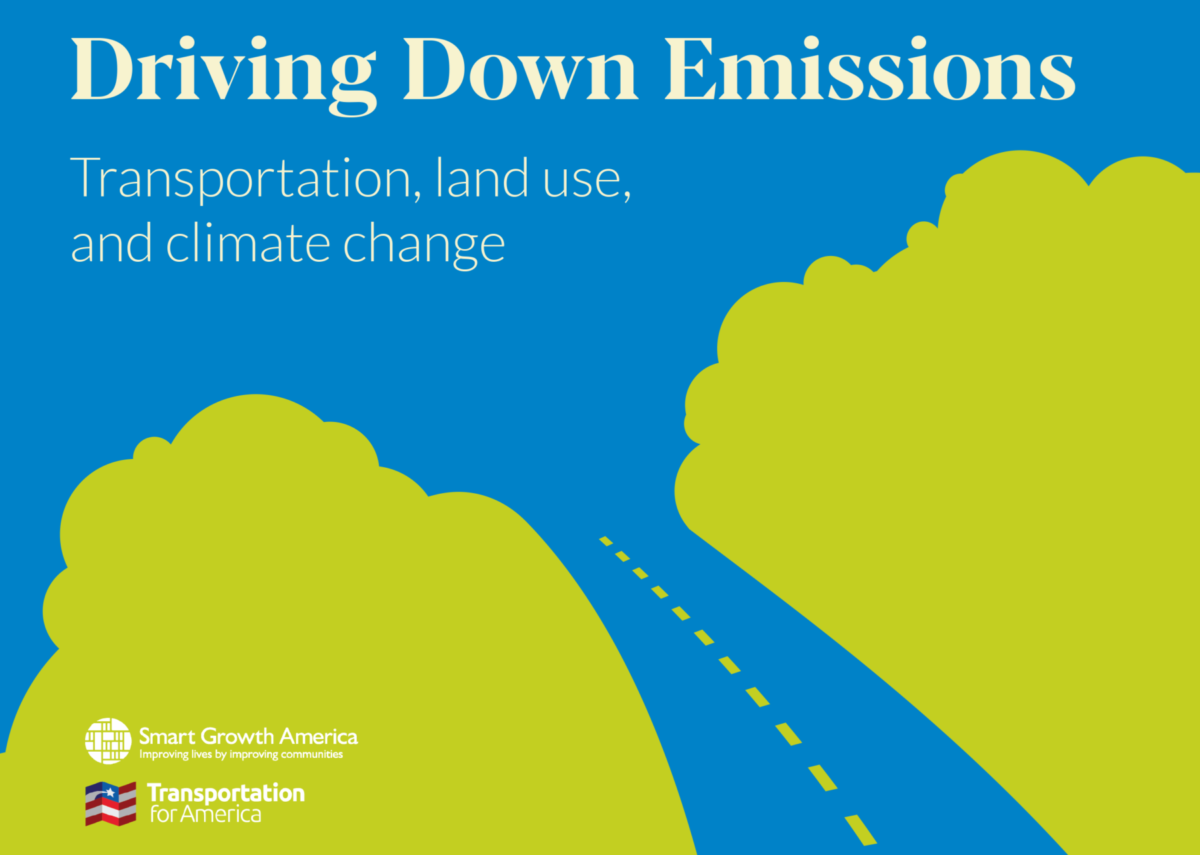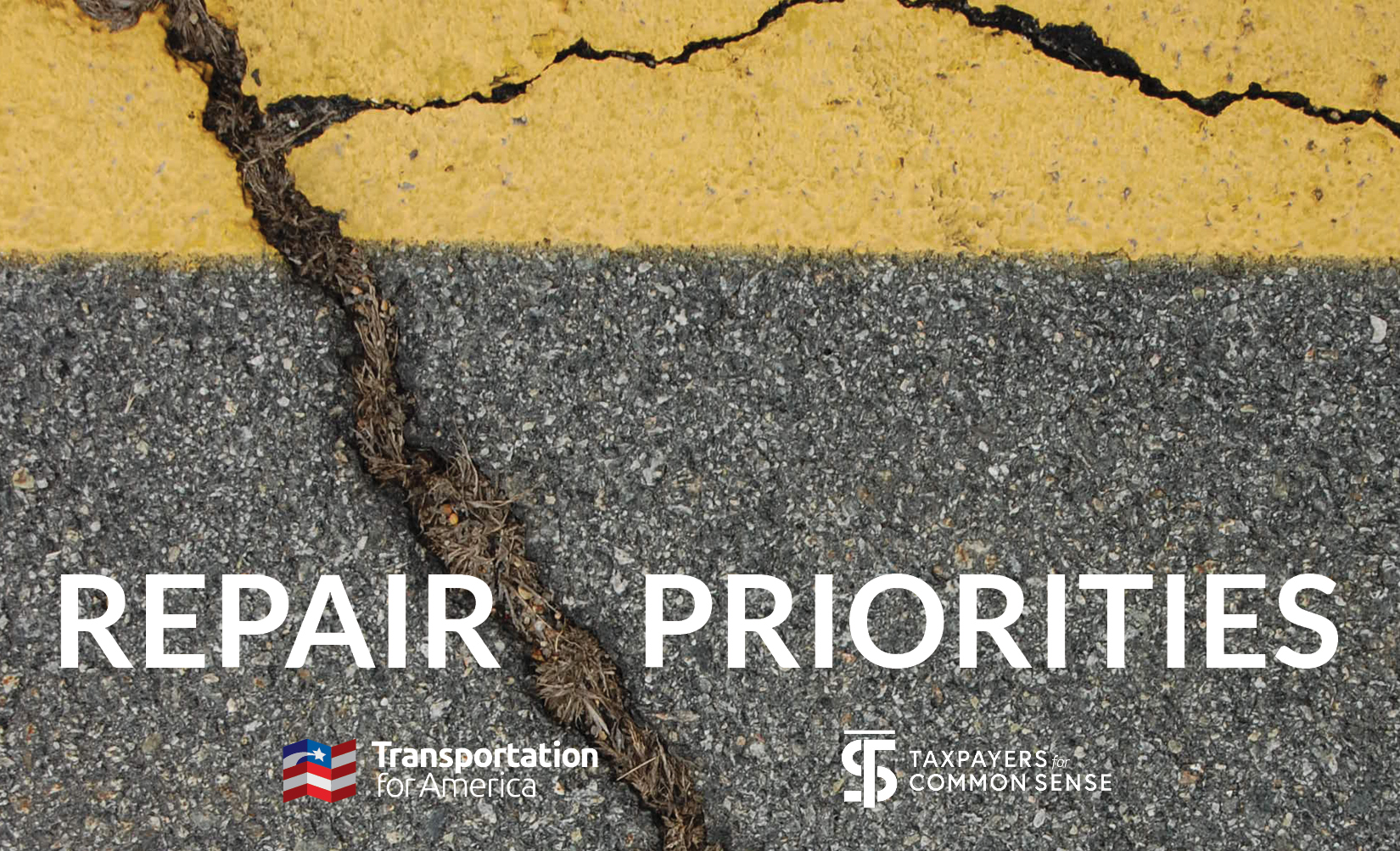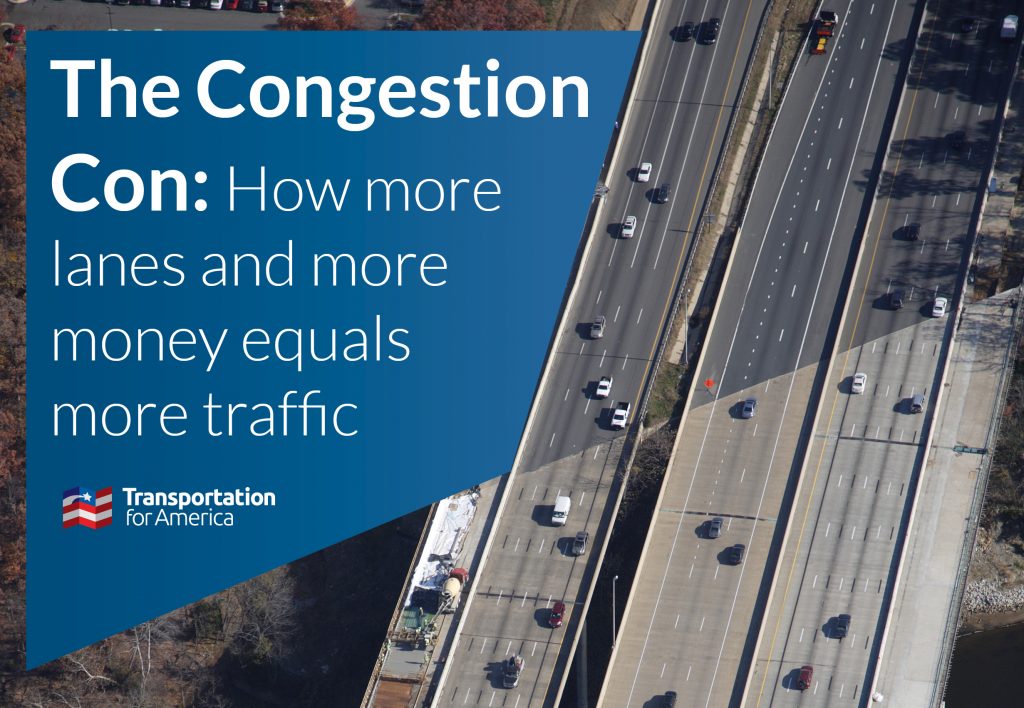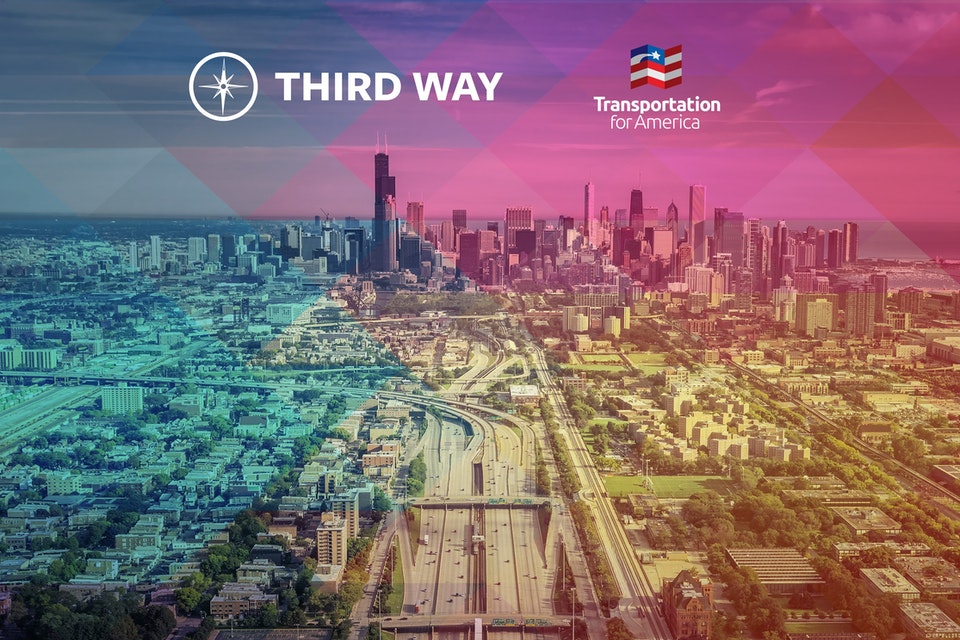An exciting time for bus rapid transit

A new study found that BRT in Eugene, OR had a positive impact on the livability of the surrounding communities. (Photo credit: Lane Transit District)
Investments in high-capacity public transit such as light rail and subways continue to demonstrate their ability to substantially increase property values along transit alignments. But can we say the same about buses?
Interest in bus rapid transit (BRT) is booming across the country as an effective and more affordable transit investment. Yet little research has been completed on their economic impacts in the U.S., partially because only a limited number of BRT projects have been completed here. Elected officials, real estate developers, and other key decision-makers are eager for more information on whether investments in BRT will pay off in their own communities.
The National Institute for Transportation and Communities (NITC), in partnership with Transportation for America, released an early study last year that found that BRT can indeed generate economic development, attract jobs, retails, and affordable housing.
Building on that research, NITC recently published a new study that takes a closer look at the impact of one specific BRT system. Researchers examined the Emerald Express (EmX) — a BRT system that connects downtown Eugene to Springfield, Oregon — and found that the EmX line improved the livability of the surrounding communities:
“The EmX line had a statistically significant positive impact on property values, which stands to benefit the community as a whole: the related taxes can be used to pay for transportation and other infrastructure, further enhancing the economic development of the community.”
This is an exciting time for BRT in the U.S. — BRT projects are currently underway in dozens of cities, several of which are taking part in the FTA TOD Technical Assistance Initiative. Visit the TODresources.org hub to access a trove of research on how to maximize the development potential of BRT corridors.
Recent TOD news
Here are a few things that have been happening this week with TOD projects across the country.
- Development ramps up near Meriden CT station – Connecticut Mirror
- Development opportunities near transit lost in Bay Area downzonings – San Francisco Business Times
- Boston project emphasizes needs for more travel options – Boston Globe
- The density frequency guarantee – The Urbanist
- St. Paul proceeds with Ford site redevelopment despite opposition – Minneapolis Star Tribune
(Cross-posted from TODresources.org)




















2 Comments